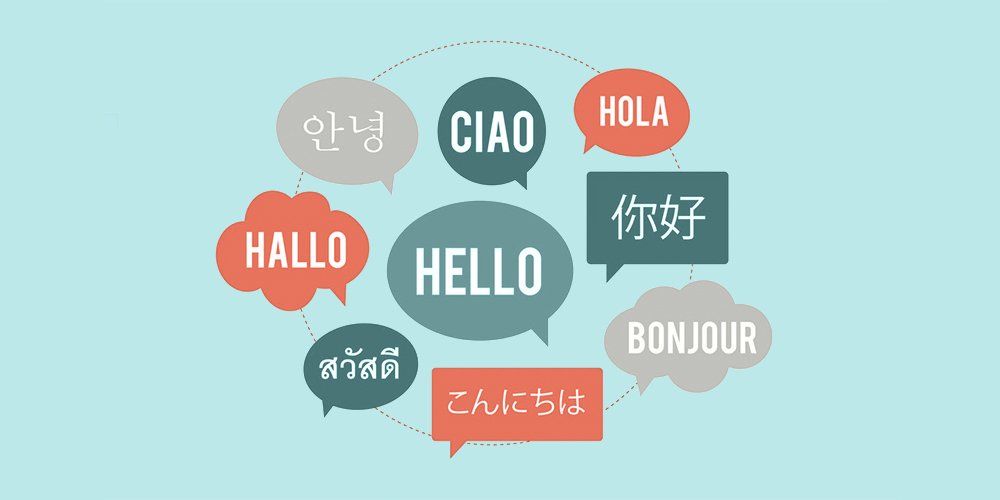WordPress SEO and Multilingual SEO go together so that they reach certain crucial audiences that may or may not speak your language. There are so many people who look at WordPress blogs and reside in different nations. If you want to drive traffic to your website, you can’t miss these key demographics.
According to current market research, such as this video by Harvard Business Review, multinational companies rely on comprehensive local customer bases to ensure a successful international expansion. Local consumers reading your website will spread the word about your website. If your website isn’t optimized for your target market, your new customer base won’t be able to relate to you, let alone your blog, your services, or your product.
This guide will show you how to incorporate multilingual SEO with ease, reaching multiple language regions and zeroing in on key languages for your WordPress blog.
What is Multilingual SEO?
At the heart of Multilingual SEO is the need to market and optimize content for consumers of different languages. Say you’re looking to target the French language. It’s not just consumers in France you’re optimizing for, but also Belgium, the Ivory Coast, and the other 29 countries where French is the official language.
In your usual SEO strategies, you would optimize your content for one language. With multilingual SEO, you’re optimizing content that’s available for many languages. That means your English site will need to have its French variant. So, multilingual SEO can be tricky. But its rewards are beneficial since you’re not only expanding your audience, you’re also ranking for a specific language or region.
Here is the strategy for a successful WordPress site for multiple languages:
What is Content Localization?
Content localization is the process of making sure that the native speakers of the target language are just as accommodated as the source language. So for example, if you’re translating from English to Spanish, you’re making sure that your audiences in Argentina, Spain, and English are all equally accommodated. Without content localization, you’ll be entering a new market to expand your business without seeming to know your consumer’s needs. Content localization has a lot to do with meeting the culturally specific needs of your consumer bases. So, how do you do this?
In some cases, it means optimizing the content on the homepage. For some, it means your content may stay the same for all your multilingual websites, but you have blog posts or news sections specific to that audience.
What’s the Difference Between Localization, Internalization, and Globalization?
Part of a successful Content Localization strategy is knowing the difference between localization, internalization, and globalization. So grab your SEO dictionaries, because we’re about to define all of them.
Here are the differences between the three:
How do they all work together? If you want to globalize your WordPress site, you can choose to localize or internalize, to do multilingual or multiregional, or to do all.
Best-Practice Tips for Your WordPress Sites
So, here are the best practices for working with multilingual WordPress sites:
Why Do You Need All of These Strategies?
Well, you need a broader reach, and all these options will bring you a global reach – whether it’s localizing multiple language demographics or internalizing for an international audience.
For a multilingual SEO content strategy, you need all the technical set-up (such as subdomains and hreflang tags) as well as keyword research and content localization. Yet, content localization is perhaps one of the most important subsets of a multilingual SEO content strategy, and you need it just as much as translated subdomains.
Let me be clear, content localization is not the process of translation, though it is part of the umbrella that translation services offer, and may include translating. But simply translating, or worse, using automatic translation, for your multilingual sites, may have cultural inaccuracies.
Let’s go back to the example of UK and US English. Say, you’re a WordPress site that specializes in tea. Your content touches on both UK and US English-speaking, tea-drinking audiences. A British UK site will have different content than a US site – like a blog post that outlines manners during afternoon tea time. Meanwhile, your US site may have an infographic about different kinds of North Atlantic tea. By localizing your content due to the cultural differences of those regions, you can reach both of those English-speaking users.
You can localize your own WordPress content by yourself, through the strategies outlined above, and using the “Translate Page” module on WordPress.
But, if you’re unsure, you can also choose a language services provider that is experienced at delivering multilingual content.
You can use a WordPress plugin that specializes in localization, or you can use translation services that have expertise in that. You’ll still need to edit the technical processes and optimize the content though. Where possible, write content that is as internationalized as possible for the beginning so that it won’t need as much localization.
The Takeaway
A multilingual SEO approach shouldn’t be tricky if you focus on your target audience – the people who will likely be your consumers. This will dictate the ways you optimize content, as well as how you use language and region to your advantage. Always have the user in mind, and, with the help of some technical knowledge, you’ll be on your way to being a multilingual SEO pro.
This content was originally published here.




